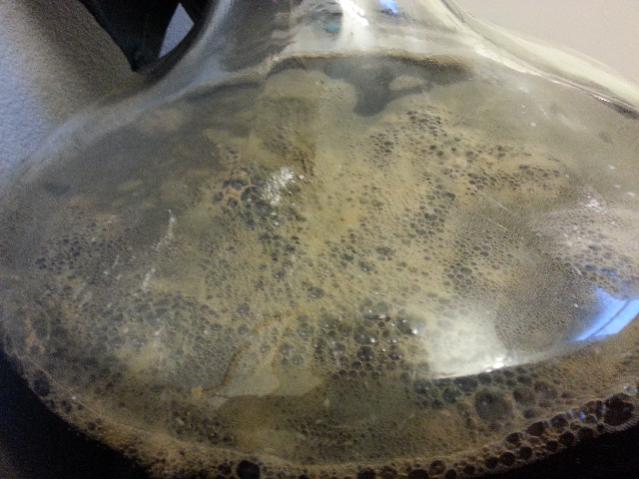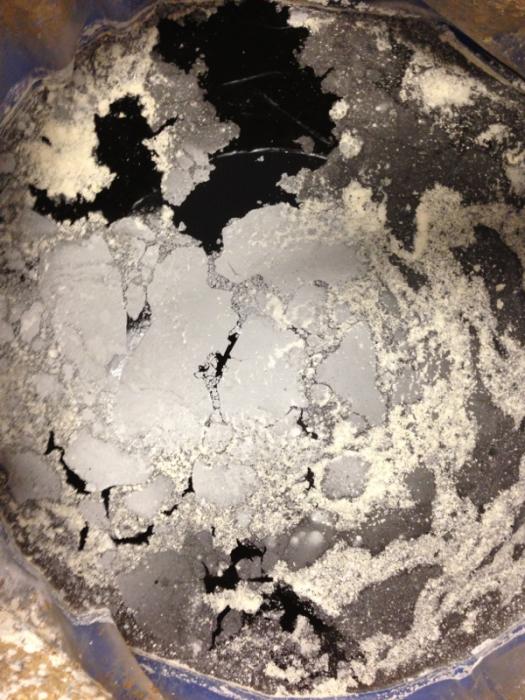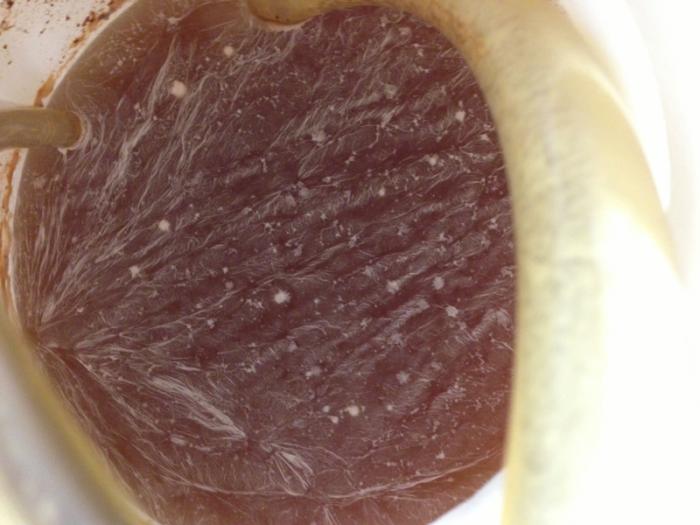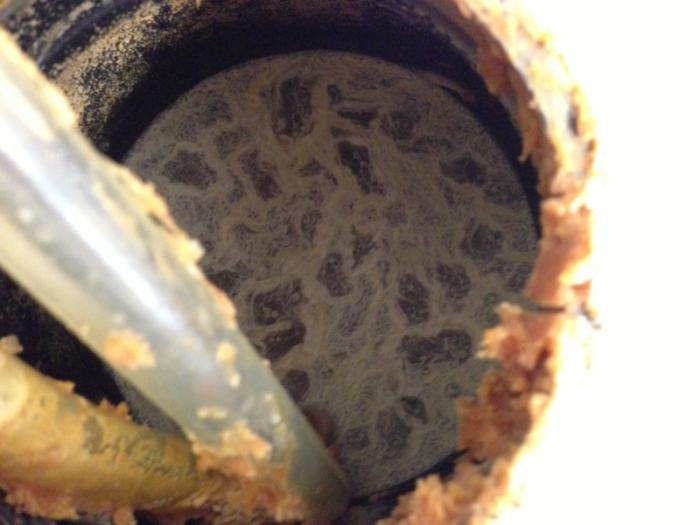Makes sense. Bummer. I got 5 gals of ipa that's definately infected, foul off flavor has truly set in despite the heavy hopping.

This was it a week ago. Above.
And just yesterday below.

'Twas a Millenium Falcon IPA brewed for AHA's big brew day. The saddest part is when I accidentally dropped one of the buckets full of wort as soon as I got all my gear home & in the garage. 5 gallons of delicious sweet wort coating the basement floor. First half of the days efforts lost, and the second half infected. Even though my lhbs & my brew crew paid for all my ingredients, it's all lost, and the pipeline's running low.
Here's a run-down of process:
1.058 wort, AMPLE Kolsch yeast fermented at about 70*F ( high for that yeast, I know), tons of late hops, convinced my sanitation was sound though I was out of my element; brewing in the parking lot of said LHBS rather than my controlled garage, used yeast nutrient, etc.
I suspect my bucket(s) and/or yeast was contaminated.
I've since ditched all the buckets, except the infected batch, and now ferment in a converted sanke keg.
This is the second batch of IPA that went south on me. Though the first wasn't unpleasant, it just went a lil Belgian. Still awesome, just not planned that way. The art of this craft is the predictability.


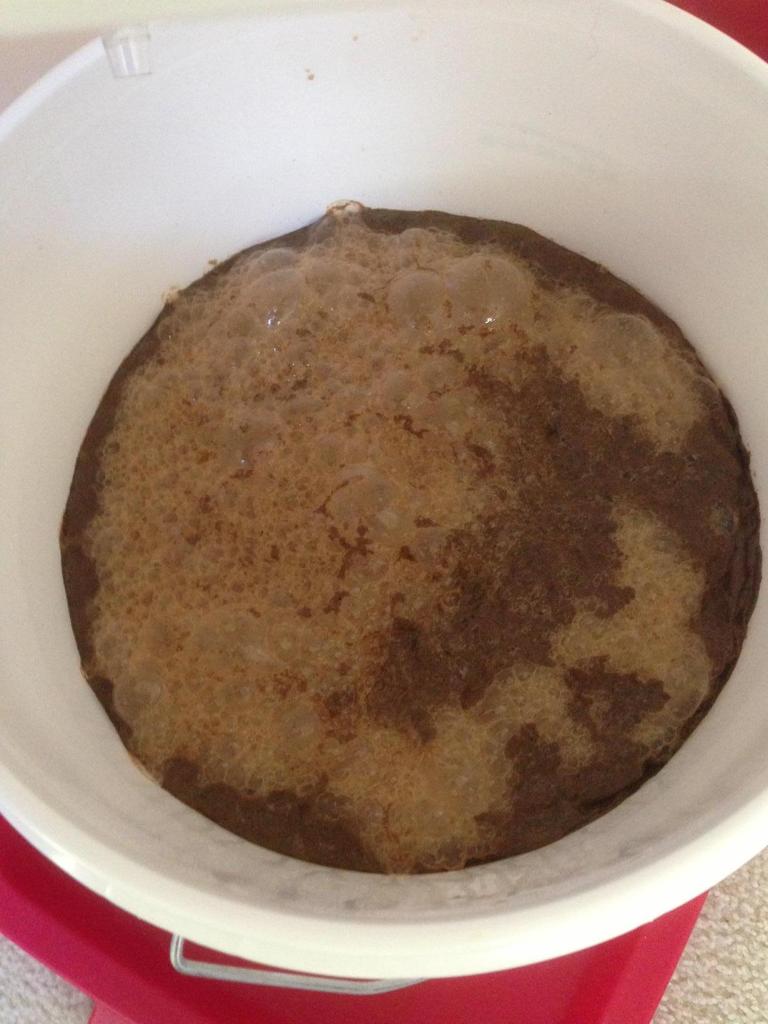











![Craft A Brew - Safale S-04 Dry Yeast - Fermentis - English Ale Dry Yeast - For English and American Ales and Hard Apple Ciders - Ingredients for Home Brewing - Beer Making Supplies - [1 Pack]](https://m.media-amazon.com/images/I/41fVGNh6JfL._SL500_.jpg)

















































